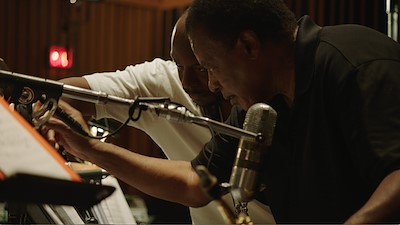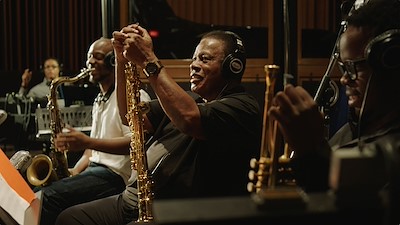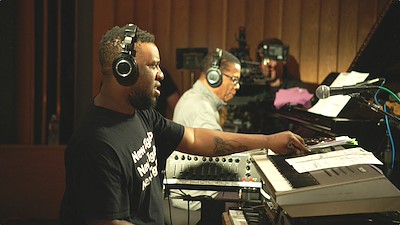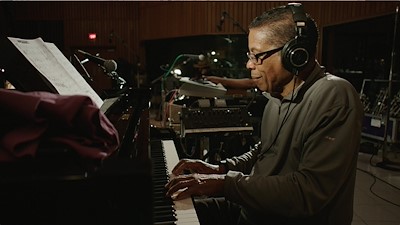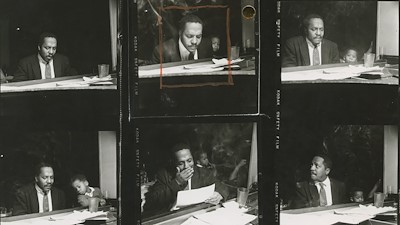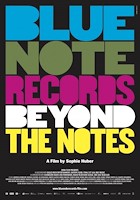Blue Note Records: Beyond the Notes
Sophie Huber, Switzerland, USA, 2018o
Since 1939, the American record label Blue Note has inspired generations of musicians in search of individual expression. It stands for freedom, equality, dialogue - attitudes that are just as relevant today as they were when it was founded. With recordings of current sessions, archive material and interviews with Blue Note stars such as Herbie Hancock, Wayne Shorter, Norah Jones, Robert Glasper and Ambrose Akinmusire, the film also traces a piece of jazz history from the beginnings to hip-hop.
You don't have to be a jazz messenger to pay attention to the name Blue Note Records. Founded in 1939, the New York jazz label that ported greats such as John Coltrane, Thelonius Monk, Art Blakey and Miles Davis stands like few for artistic risk-taking and has only written cultural history with its hundreds of sensational album covers. In her portrait, the American Swiss Sophie Huber and her editor Russell Greene link past and present, historical and current interviews and sessions with the casual casualness of jazz. The two label founders Lion & Wolff talk about their lay beginnings, the sound engineer Rudy Van Gelder and the talent scout Ike Qubec explain how they created the authentic blue note sound and the permanent revolution of bebop, and legends like the ancient saxophonist Lou Donaldson or the unbroken vital Herbie Hancock contribute cunning anecdotes. While epochal recordings à discretion sound and atmospheric session photos appear on the running meter, sixty years of black American music and social history pass in review: a pleasure for ears, eyes and the brain.
Andreas FurlerCe solide documentaire invite à un passionnant voyage émotionnel derrière les coulisses du label pionnier. Il offre l’occasion de s'interroger sur le lien entre ces artistes de jazz des années 50-60 et les générations actuelles de musiciens en quête d’individualisme, qui, tout comme leurs modèles aspirent à l’égalité et à une véritable liberté d’expression. Le label connaît une période creuse entre la fin des années 60 et sa reprise en 1984, qui voit la réédition d’archives exceptionnelles et l’engagement de nouveaux artistes fort prometteurs. Ainsi, à travers des séances d’enregistrements récentes, des archives rares (Meade Lux Lewis, Thelonius Monk…) et des entretiens avec des stars de Blue Note (Lou Donaldson, Herbie Hancock, Wayne Shorter, Norah Jones, Robert Glasper et Ambrose Akinmusire), Sophie Huber effectue un rapprochement entre le jazz, ferment de liberté, et le hip-hop, langage contemporain des cités.
Serge MollaGalleryo

